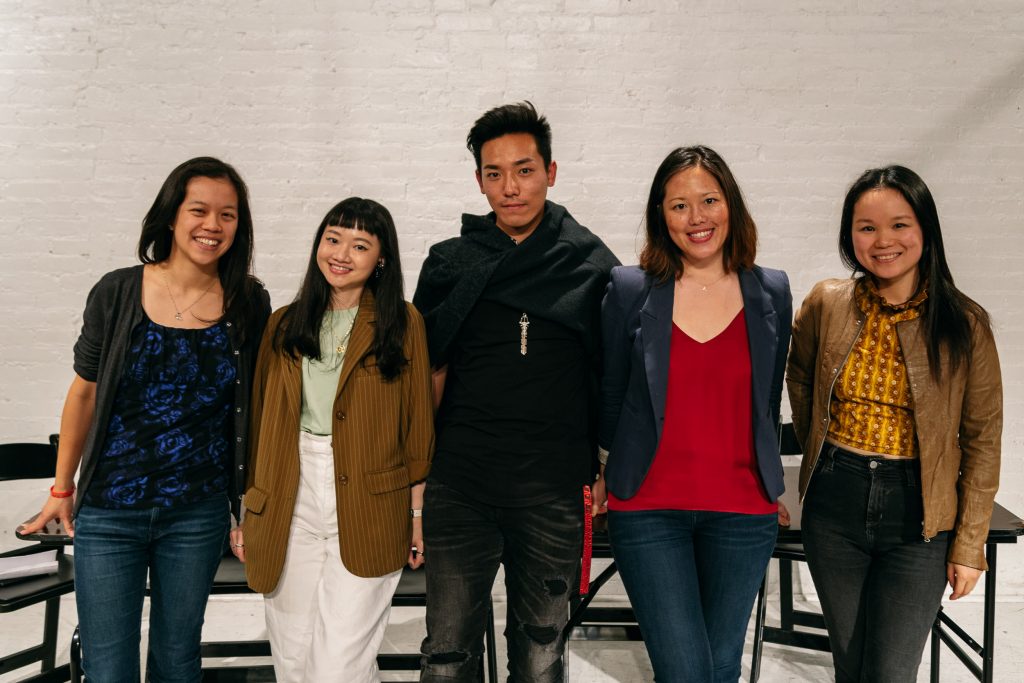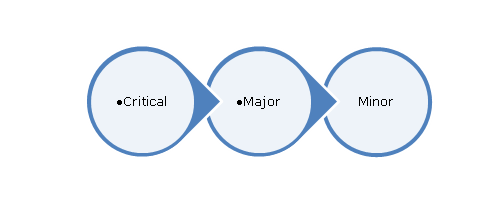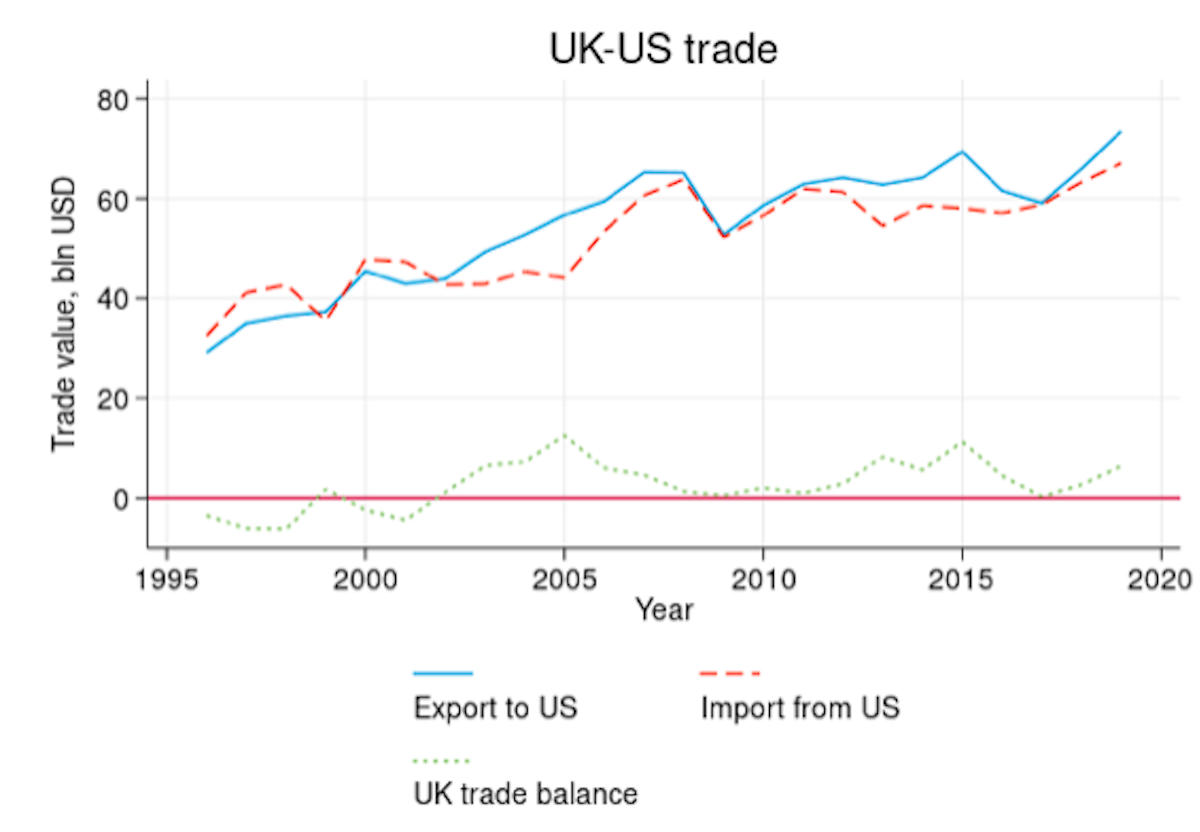The Future Of Asian And Asian American Representation In Media: Depth Over Surface

Table of Contents
Moving Beyond Stereotypes: The Need for Authentic Storytelling
The persistent use of harmful stereotypes has significantly impacted the perception and understanding of Asian and Asian American communities. These stereotypes not only limit the portrayal of our diverse cultures but also perpetuate harmful misconceptions in society.
The Perpetuation of Harmful Stereotypes
Common stereotypes, such as the "model minority," hypersexualized women, and emasculated men, have been consistently perpetuated throughout media history. These portrayals reduce complex individuals to one-dimensional caricatures, ignoring the vast spectrum of experiences within Asian and Asian American communities.
- Examples: The portrayal of Asian women as submissive or exotic in Hollywood films, the overrepresentation of Asian men in comedic roles reinforcing the "nerdy" or "perpetual foreigner" stereotype, and the lack of diverse roles for older Asian and Asian American actors.
- Statistics: Studies consistently reveal the underrepresentation of Asian and Asian Americans in leading roles and the disproportionate portrayal of specific, often negative, stereotypes. These statistics highlight the significant gap between on-screen representation and the reality of our diverse communities.
Amplifying Diverse Voices
Authentic storytelling requires the active involvement of creators, writers, and actors from diverse Asian and Asian American backgrounds. These individuals bring unique perspectives, lived experiences, and a deep understanding of their respective cultures, leading to richer, more nuanced narratives.
- Examples: The success of shows like "Fresh Off the Boat" (although criticized for some aspects), "Everything Everywhere All At Once," and "Pachinko" demonstrates the power of authentic storytelling in captivating audiences.
- Diverse Creative Teams: Having diverse creative teams behind the scenes, including writers, directors, and producers, is crucial for ensuring that the stories told are representative and avoid harmful stereotypes. This includes considering intersectionality, acknowledging that individuals hold multiple identities (race, gender, class, sexuality, etc.) that shape their experiences.
Challenging the "Model Minority" Myth
The "model minority" myth, which portrays Asian and Asian Americans as inherently successful and hardworking, is a particularly insidious stereotype. This myth ignores the struggles faced by many within our communities and creates unrealistic expectations that can lead to significant mental health challenges.
- Examples: Media portrayals that solely focus on academic or professional achievements while neglecting the diverse socioeconomic realities of Asian and Asian American communities.
- Consequences: This myth fosters harmful comparisons, internalized oppression, and pressure to conform to unrealistic standards. It also masks the struggles many Asian and Asian Americans face with systemic racism and discrimination.
- Alternative Narratives: It's crucial to highlight stories that represent the full spectrum of Asian and Asian American experiences, including those who face poverty, discrimination, and mental health challenges. This honest portrayal helps dismantle the harmful "model minority" myth.
The Rise of Authentic Asian and Asian American Characters
While challenges remain, there's a palpable shift towards more complex and relatable portrayals of Asian and Asian American characters. This evolution is reshaping how our communities are perceived and understood.
Complex and Multi-Dimensional Characters
Recent media has witnessed a welcome increase in characters with realistic flaws, internal conflicts, and relatable struggles. This move away from stereotypical portrayals allows for a more accurate and empathetic representation of our communities.
- Examples: Characters grappling with family expectations, cultural identity crises, romantic relationships, and professional challenges, as seen in various recent films and television shows. These characters aren’t defined solely by their ethnicity but by the full spectrum of human experience.
- Importance of Nuance: Showing a full range of human emotions, including vulnerability, anger, sadness, and joy, is essential in creating believable and relatable characters.
Representation Beyond the Big Screen
The rise of independent films, streaming platforms, and social media has opened up new avenues for diverse narratives to be told. These platforms provide opportunities for marginalized voices to bypass traditional gatekeepers and reach wider audiences.
- Examples: Successful independent films and web series featuring diverse Asian and Asian American casts and storylines showcase the power of alternative platforms to amplify underrepresented voices.
- Accessibility and Reach: Streaming services offer unprecedented access for diverse storytellers and allow for global reach, potentially circumventing the limitations of traditional studio systems.
- Social Media’s Impact: Social media platforms enable creators to connect directly with their audiences, fostering community and amplifying marginalized voices that might otherwise be unheard.
The Impact of Representation on Viewers
Accurate representation in media has a profound impact on viewers' self-esteem, identity formation, and community building. Seeing oneself reflected authentically in media can have a powerfully positive effect.
- Studies: Research shows the positive correlation between accurate representation and improved self-esteem and mental health among marginalized groups.
- Anecdotal Evidence: Numerous testimonials from viewers highlight the emotional impact of seeing themselves accurately represented, fostering a sense of belonging and validation.
- Role Models: Positive and diverse representation provides crucial role models for young people, shaping their aspirations and inspiring them to pursue their dreams.
The Challenges and Opportunities Ahead
Despite progress, significant challenges remain in ensuring truly equitable representation for Asian and Asian American communities in media.
Addressing the Lack of Funding and Opportunities
Systemic inequities persist within the entertainment industry, hindering opportunities for Asian and Asian American creators. Securing funding and gaining access to networks and mentorship opportunities remain significant hurdles.
- Statistics: Data reveals funding disparities between projects featuring diverse casts and those with predominantly white casts.
- Mentorship and Networking: Increased investment in mentorship programs and networking opportunities are crucial in fostering the growth and success of Asian and Asian American talent.
- Inclusion within Studios: Greater inclusion within major studios and production companies is needed to create lasting systemic change.
The Role of Media Critics and Audiences
Media critics and audiences play a crucial role in driving positive change. By actively engaging with media, demanding diverse content, and supporting authentic representations, we can hold the industry accountable.
- Audience Demand: The demand for diverse content from audiences exerts significant pressure on studios and production companies to prioritize inclusive storytelling.
- Media Criticism: Critical analysis can hold the industry accountable for perpetuating harmful stereotypes and celebrate authentic representations.
- Positive Reviews: Supporting and promoting positive reviews of films and shows with authentic Asian and Asian American representation helps increase their visibility and encourage similar projects.
Looking Towards the Future
The future of Asian and Asian American representation in media is promising, yet progress requires continued effort and advocacy.
- Predictions: The increasing demand for diverse content, coupled with the rise of new media platforms, suggests a trajectory towards more inclusive and representative storytelling.
- Continued Advocacy: Sustained advocacy and activism are crucial in challenging systemic barriers and pushing for meaningful change.
- Learning from Setbacks: Acknowledging and learning from past setbacks, including instances of misrepresentation or tokenism, is vital for ensuring future progress.
Conclusion
The future of Asian and Asian American representation in media hinges on our collective commitment to depth over surface. While progress has been made, much work remains to dismantle harmful stereotypes and create a truly inclusive media landscape that reflects the richness and complexity of our communities. By demanding authentic storytelling, supporting diverse creators, and engaging critically with media, we can shape a future where Asian and Asian American representation is not only present but also profoundly meaningful. Let's continue to advocate for genuine and impactful Asian and Asian American representation in media, one story at a time.

Featured Posts
-
 Office365 Security Failure Leads To Millions In Stolen Funds
May 11, 2025
Office365 Security Failure Leads To Millions In Stolen Funds
May 11, 2025 -
 Crazy Rich Asians Tv Series Adele Lim Jon M Chu And Kevin Kwan Lead Development
May 11, 2025
Crazy Rich Asians Tv Series Adele Lim Jon M Chu And Kevin Kwan Lead Development
May 11, 2025 -
 Addressing Challenges In Automated Visual Inspection Of Lyophilized Vials
May 11, 2025
Addressing Challenges In Automated Visual Inspection Of Lyophilized Vials
May 11, 2025 -
 Dispute Over Uk Trade Deal White House Responds To Auto Industry Concerns
May 11, 2025
Dispute Over Uk Trade Deal White House Responds To Auto Industry Concerns
May 11, 2025 -
 Tennessees Late Inning Surge Evens Series Against Lsu
May 11, 2025
Tennessees Late Inning Surge Evens Series Against Lsu
May 11, 2025
